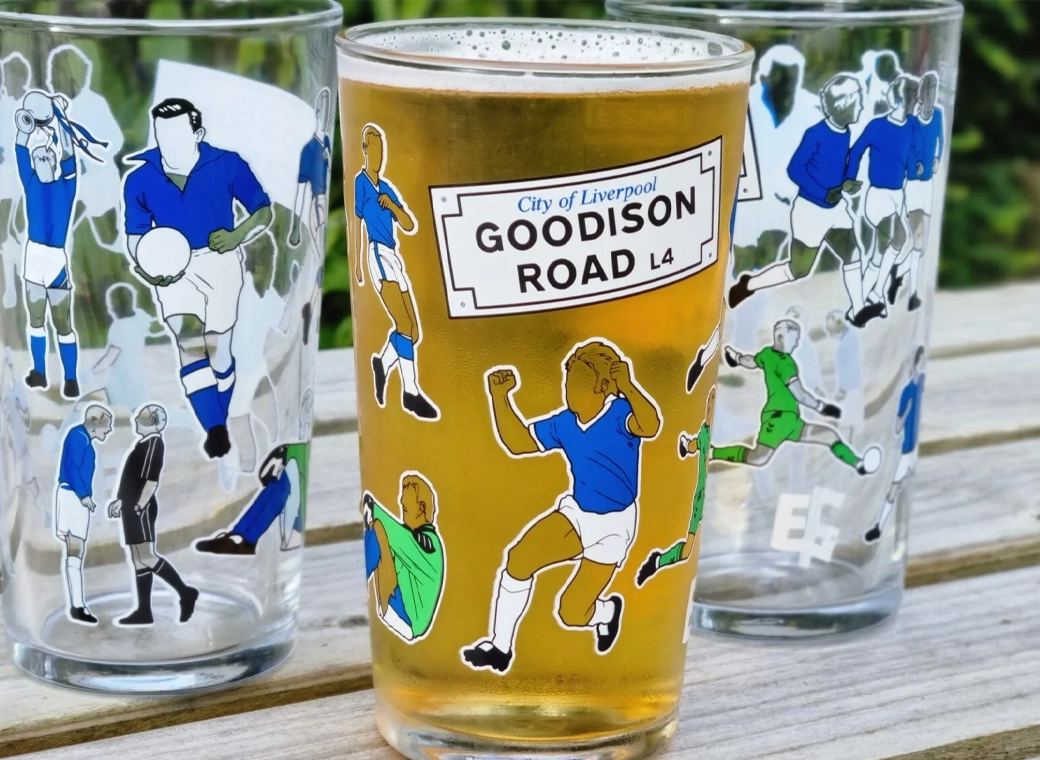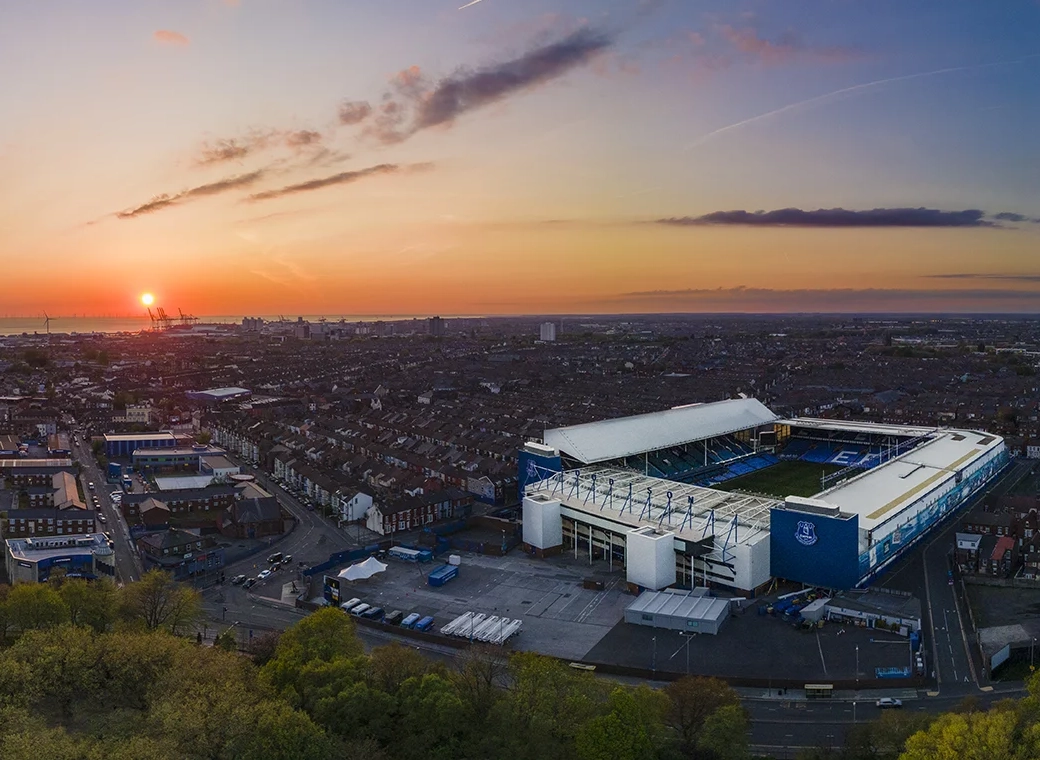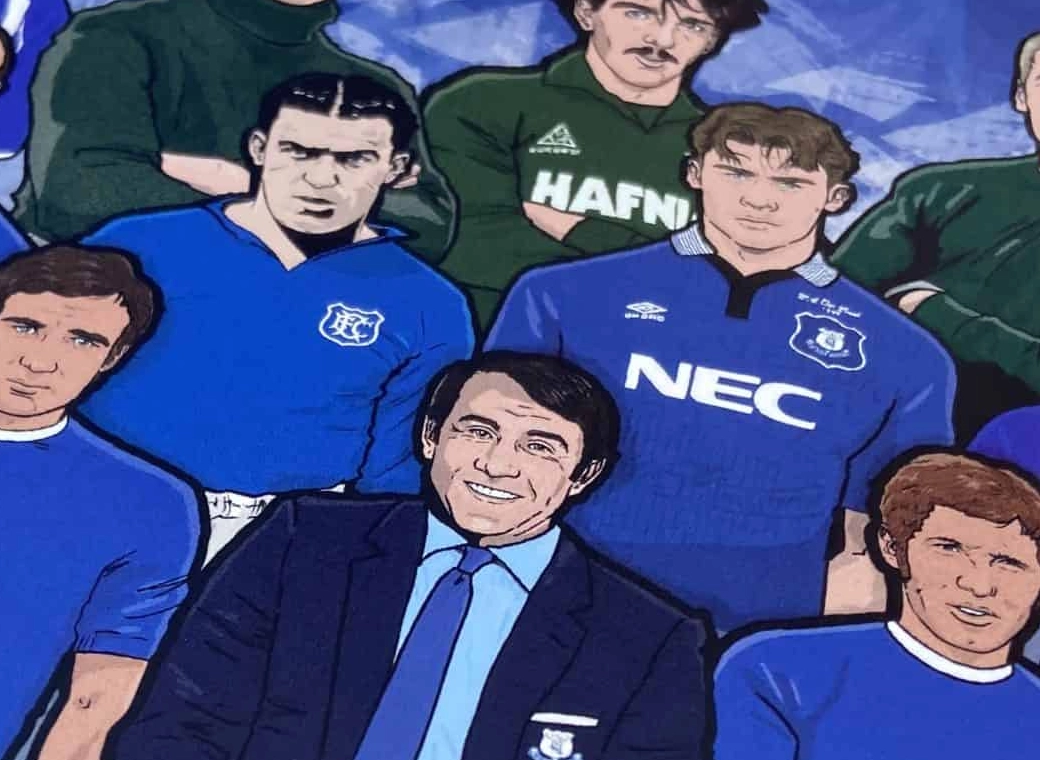bizzaro
LOVE GOT JUST THE WAY IT IS #ALWNV
We've already seen one false imitation of the blues.
Now another knock off!
There is only one original and best football club in Liverpool. We all know who that is.
http://www.bbc.co.uk/news/uk-england-merseyside-31148503
The mystery of Liverpool's lost stadium
BBC News

Liverpool Mercury reported the formation of the club's company in 1892 to take over Woodcroft Park
While millions around the world watch Everton take on Liverpool in the Merseyside derby, local historians are pondering one of the football-mad city's great "what-ifs".
Long before the blue and red rivalry that dominates derby day another team - Liverpool Caledonians FC - were among the city's leading Victorian era clubs.
They took up residence at a 30,000-capacity stadium in Wavertree, known as Woodcroft Park, at a time when Everton had just settled into Goodison Park having previously played at Anfield, later the home of Liverpool FC.
An appeal has now been made for information about Liverpool Caledonians, with local councillor Tim Beaumont admitting "there does not appear to be a great deal known about them or where they played".
It appears the club, which gained admission to the Lancashire League, didn't last for long.
Local historian Mike Chitty, from the Wavertree Society, says: "They were around in 1891 and they sought entry to the Football League a year later, and they went into liquidation by December 1892 so that was the end of the club."
Despite their short existence, Mr Chitty says they reached the fourth qualifying round of the FA Cup in 1892 - "one round further than Liverpool FC" - before losing to Northwich Victoria.
Mapping mystery
In a Liverpool Mercury report from 1892, the Caledonians were described as being "so successful during [their] first season that, besides being in the semi-final in the Liverpool Senior Cup Competition, [they] won the Liverpool Challenge Shield".
Ultimately their bid for a place in the Football League was unsuccessful.
Their Woodcroft Park stadium was described as "suitable for football and cricket" while a "fast cinder track of a quarter of a mile fits them for cycling and athletic purposes".
It also possessed "perfectly level and well-drained" turf - more than can be said for some current grounds - while reporters enjoyed "ample press conveniences".

Goodison Park, seen here in 1928, hosted its first Everton match in 1892
Yet the Woodcroft Park stadium doesn't appear on the Ordnance Survey maps published in 1893 and 1905, says Mr Chitty.
"It looks like the football ground had come and gone in between... but other clubs are known to have played on the ground until around 1900 or possibly a bit afterwards," he adds.
According to a Mercury story from 1893, the Liverpool Old Boys club took over the ground from the Caledonians, although it's not clear whether the former was a football or rugby team.
"There may be stories in families about an ancestor who played for [the Caledonians]," says Mr Beaumont. "Or there could be medals or other memorabilia which have been gathering dust in a loft but which could provide valuable information."
The Mercury cuttings say Woodcroft Park was "a minute's walk from Wavertree Station, and within easy distance of Sefton Park, Wavertree, and Fairfield".
Scottish connection?
Attempts to pinpoint the stadium's exact location throw up various possibilities, including a now-demolished country house known as Woodcroft Cottage, and a nearby housing development close to Lawrence Road.
As the team's Roman suffix suggests, they may have had a Scottish link.
"Liverpool was a very cosmopolitan place around 1900," says Mr Chitty.
Now another knock off!
There is only one original and best football club in Liverpool. We all know who that is.
http://www.bbc.co.uk/news/uk-england-merseyside-31148503
The mystery of Liverpool's lost stadium
BBC News

Liverpool Mercury reported the formation of the club's company in 1892 to take over Woodcroft Park
While millions around the world watch Everton take on Liverpool in the Merseyside derby, local historians are pondering one of the football-mad city's great "what-ifs".
Long before the blue and red rivalry that dominates derby day another team - Liverpool Caledonians FC - were among the city's leading Victorian era clubs.
They took up residence at a 30,000-capacity stadium in Wavertree, known as Woodcroft Park, at a time when Everton had just settled into Goodison Park having previously played at Anfield, later the home of Liverpool FC.
An appeal has now been made for information about Liverpool Caledonians, with local councillor Tim Beaumont admitting "there does not appear to be a great deal known about them or where they played".
It appears the club, which gained admission to the Lancashire League, didn't last for long.
Local historian Mike Chitty, from the Wavertree Society, says: "They were around in 1891 and they sought entry to the Football League a year later, and they went into liquidation by December 1892 so that was the end of the club."
Despite their short existence, Mr Chitty says they reached the fourth qualifying round of the FA Cup in 1892 - "one round further than Liverpool FC" - before losing to Northwich Victoria.
Mapping mystery
In a Liverpool Mercury report from 1892, the Caledonians were described as being "so successful during [their] first season that, besides being in the semi-final in the Liverpool Senior Cup Competition, [they] won the Liverpool Challenge Shield".
Ultimately their bid for a place in the Football League was unsuccessful.
Their Woodcroft Park stadium was described as "suitable for football and cricket" while a "fast cinder track of a quarter of a mile fits them for cycling and athletic purposes".
It also possessed "perfectly level and well-drained" turf - more than can be said for some current grounds - while reporters enjoyed "ample press conveniences".

Goodison Park, seen here in 1928, hosted its first Everton match in 1892
Yet the Woodcroft Park stadium doesn't appear on the Ordnance Survey maps published in 1893 and 1905, says Mr Chitty.
"It looks like the football ground had come and gone in between... but other clubs are known to have played on the ground until around 1900 or possibly a bit afterwards," he adds.
According to a Mercury story from 1893, the Liverpool Old Boys club took over the ground from the Caledonians, although it's not clear whether the former was a football or rugby team.
"There may be stories in families about an ancestor who played for [the Caledonians]," says Mr Beaumont. "Or there could be medals or other memorabilia which have been gathering dust in a loft but which could provide valuable information."
The Mercury cuttings say Woodcroft Park was "a minute's walk from Wavertree Station, and within easy distance of Sefton Park, Wavertree, and Fairfield".
Scottish connection?
Attempts to pinpoint the stadium's exact location throw up various possibilities, including a now-demolished country house known as Woodcroft Cottage, and a nearby housing development close to Lawrence Road.
As the team's Roman suffix suggests, they may have had a Scottish link.
"Liverpool was a very cosmopolitan place around 1900," says Mr Chitty.









